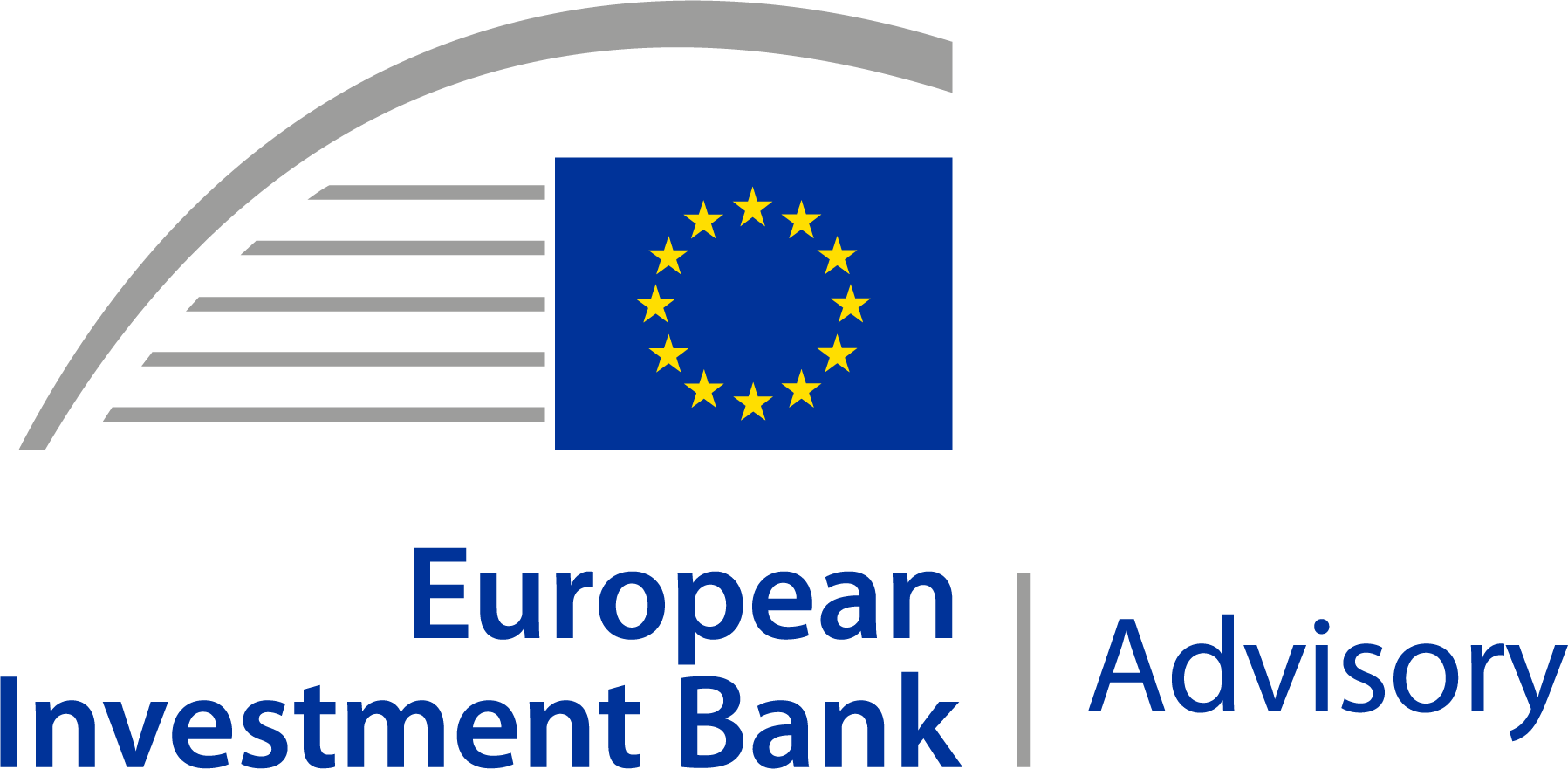Drone projects
Drones, also known as unmanned aircraft systems, are playing an expanding role in many parts of society. With demand surging, more innovation and investment are needed in the air mobility sector. Drones offer huge potential for the private and public sectors and can provide societies with an array of benefits, from lowering pollution in transport to offering emergency medical assistance and making agriculture more precise and efficient. In the next 20 years, the European Commission expects urban air mobility to create 150 000 to 200 000 jobs in the European Union alone. But growth in the sector will also bring many challenges.
How will the guide help?
The European Investment Bank is here to guide and support clients in all areas of the air mobility ecosystem, including drones (equipment), maintenance and repair activities, flight operations, air traffic management, ground infrastructure, IT solutions and other related areas. We want to help them achieve their vision.
The guide will:
- Provide promoters with a structured approach to assess project development, identify missing components and outline sources of funding;
- Support the development of high-quality, efficient air mobility investment projects backed by a sound implementation plan;
- Help promoters prepare clearly defined requests for technical assistance and/or financing.

The guide answers questions such as:
- Where along the development cycle is the project situated?
- What steps need to be taken to move to the next step/complete the project?
- What financial support is available at each stage?
- When would the project be ready to move from grants or equity investments to applying for loans from the European Investment Bank and other institutions?
- What documentation/information is needed to apply for financing?
How does the guide work?
The guide focuses on two main parts of a project:
1. Preparation — the project objective is defined, the vision is developed and a solution is identified.
2. Realisation — the implementation stage, where the project is rolled out and monitored, using key performance indicators that are evaluated against the objectives.
Phase 1: Preparation
This initial stage identifies the promoter’s vision, strategy and objectives and their timeframe, providing a framework to identify and prepare projects. It involves developing an initial idea and creating an outline of the business case and its implementation.
The purpose of this stage is to identify a preferred solution that is consistent with the development priorities, and to assess its feasibility.
In this stage, the preferred solution is fully developed and made ready for implementation. The data and information gathered in feasibility studies and collated in the outline business case will guide the development process.
Phase 2: Realisation
In this stage, the project is rolled out.
In this stage, a post-implementation analysis is conducted and the solution’s delivery of its intended outcomes is assessed.
Funding and financing
The European Union actively funds and finances projects and organisations that foster European integration, promote the development of the European Union, and contribute to the implementation of its programmes and policies. Read the extended version of this guide here for more information on funding and finance.
Preparing a business case
- The strategic business case focuses on the development of a clear strategic narrative and justification for the project. It is a key part of the approval process which allows a project to proceed from the programming stage to the option identification stage.
- The outline business case identifies the preferred solution, explains why it was selected and provides evidence for its viability. This type of business case includes evidence of the process of exploring options and the cost-benefit appraisal, and sets the commercial and management requirements for implementing the solution. Generally, the outline business case must be approved before the project can proceed to the development funding stage.
- Finally, the full business case focuses on the procurement, implementation and management of the solution and provides evidence of its deliverability, affordability and viability. The full business case is used to justify authorisation to proceed to implementation and to request capital funding for implementation.
This guide includes a template to help structure a business case. It may be necessary to adjust the level of detail, depending on the type of business case being developed.
Check out a table here to identify the level of information required for each business case type.
Getting the result you need
The EIB offers advisory support and technical assistance via a single point of entry: the European Investment Advisory Hub.
After reviewing the project against this guide and identifying its development stage, think about how the Advisory Hub support can help with your drone product. Contact us to learn about how our wealth of services and expertise can support your project.
